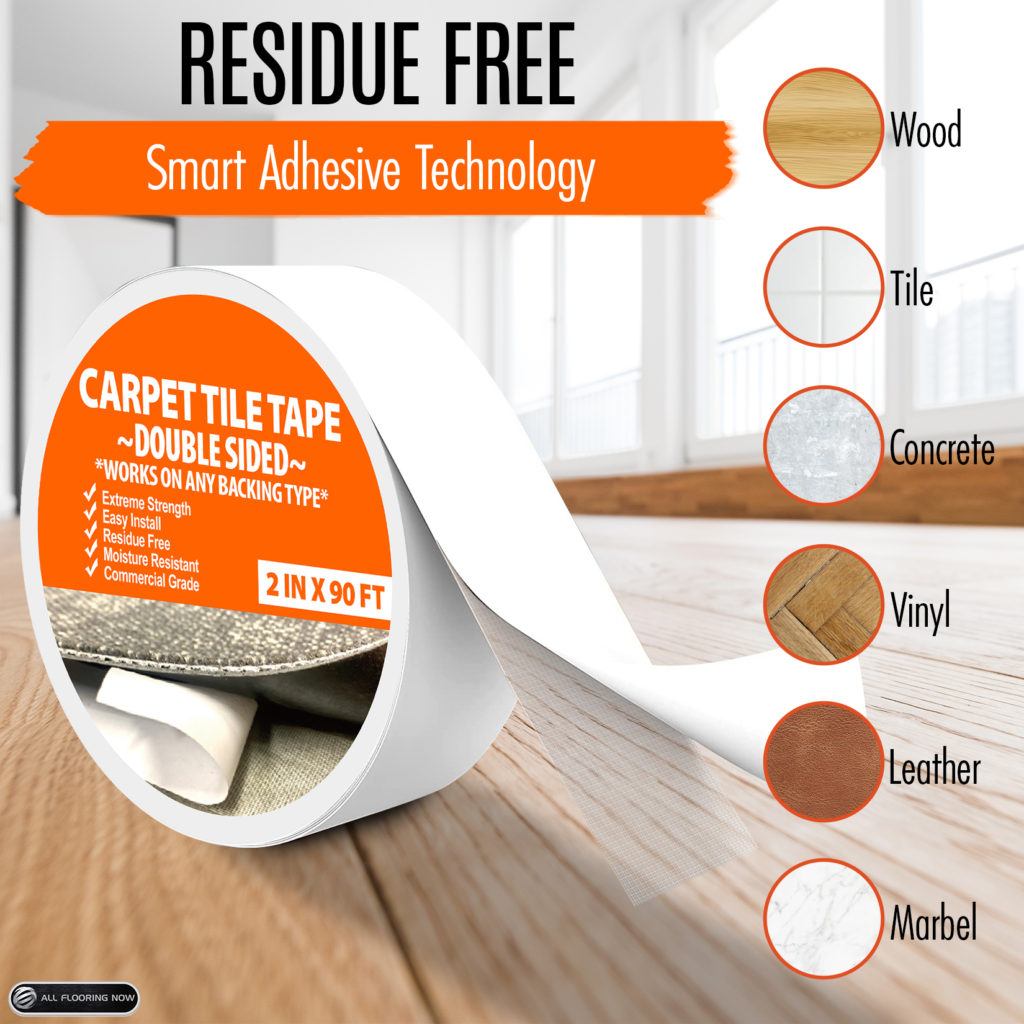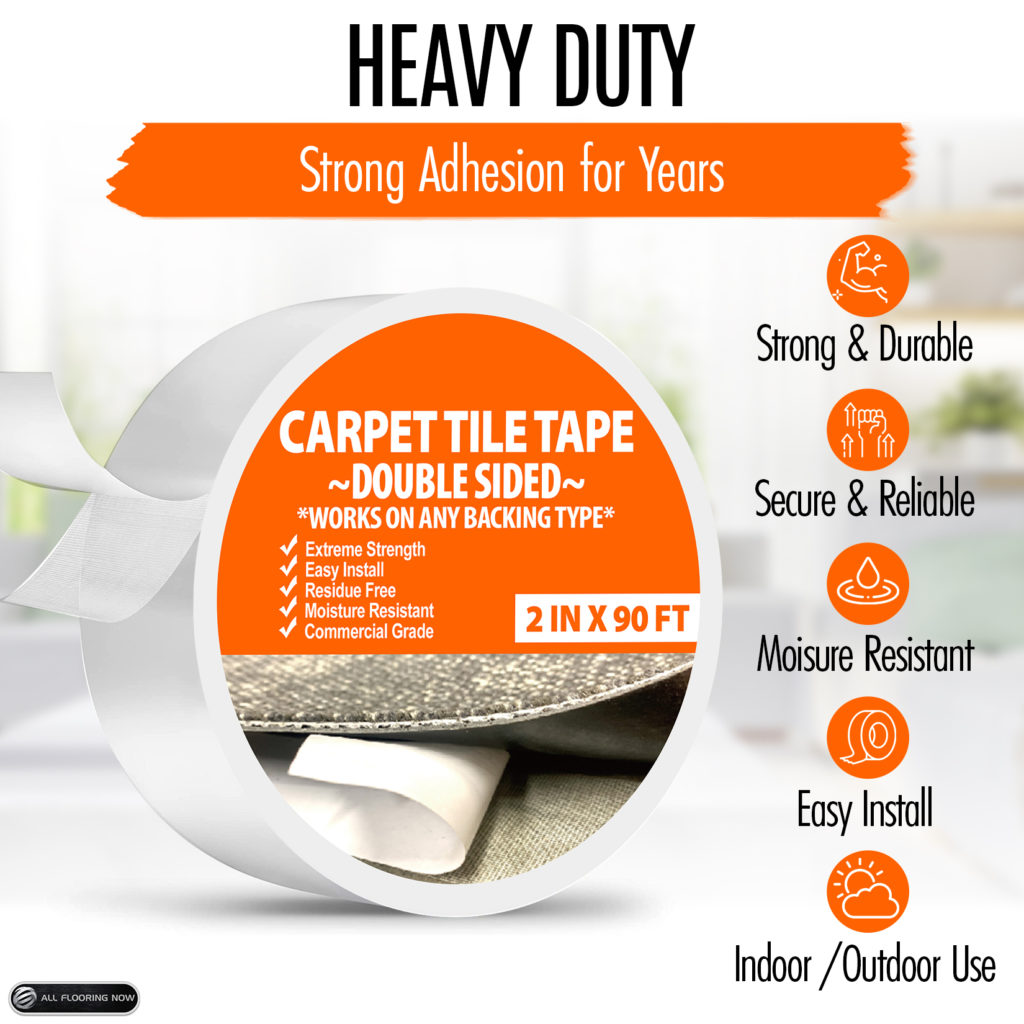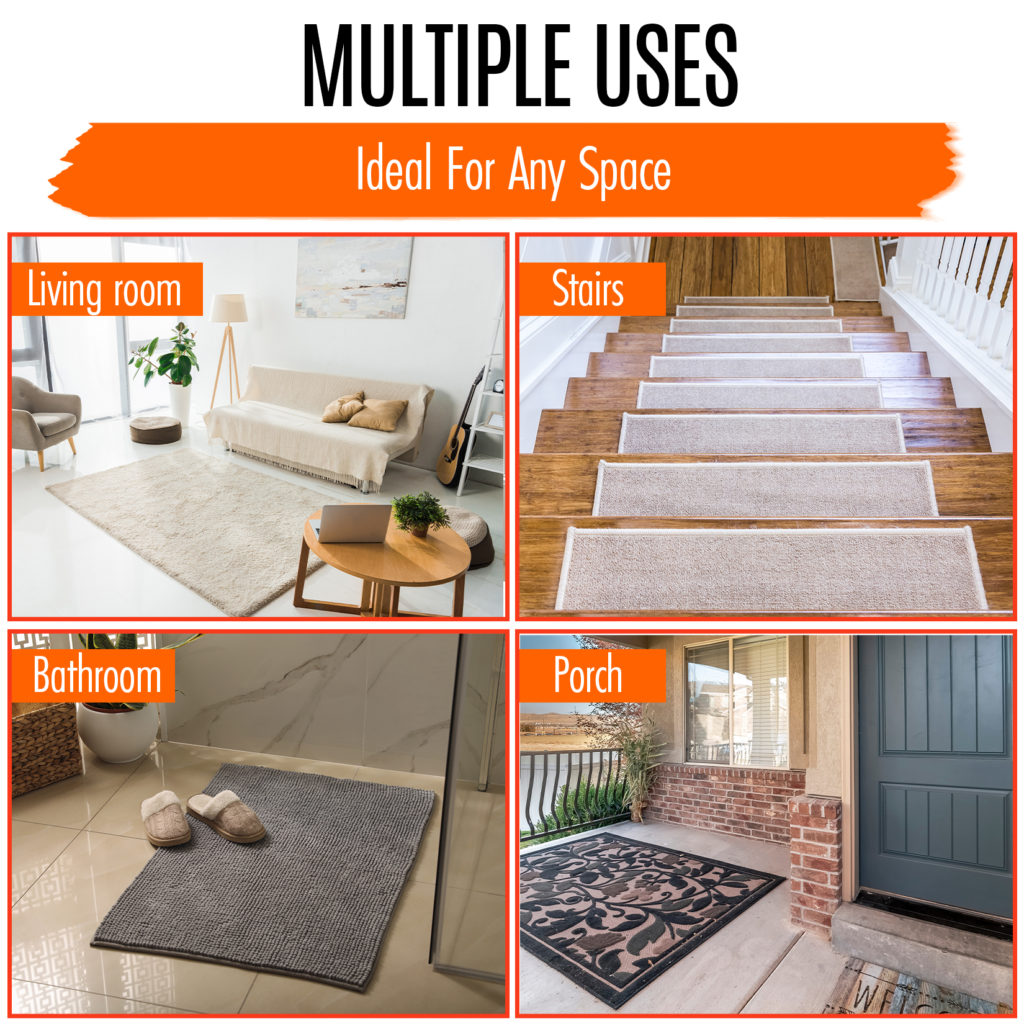The Do's and Don'ts of Carpet Tape Installation: Pro Tips for a Seamless Application
Carpet tape is a versatile and practical solution for securing carpets, rugs, and carpet tiles to various types of flooring surfaces. When installed correctly, carpet tape provides a reliable and long-lasting bond, preventing slips, trips, and hazards in both residential and commercial spaces. To ensure a seamless application and maximize the effectiveness of carpet tape, it's essential to follow some do's and avoid common pitfalls by adhering to the don'ts. In this article, we'll explore pro tips for successful carpet tape installation, helping you achieve a secure and professional finish.
The Do's of Carpet Tape Installation:
1. Do Choose the Right Carpet Tape
Selecting the appropriate carpet tape for your specific needs is paramount. Consider factors such as the type of flooring, the weight and thickness of the carpet, and the expected foot traffic. Opt for a high-quality carpet tape that matches your requirements to ensure optimal performance.
2. Do Prepare the Surface
Before applying the carpet tape, thoroughly clean and dry the flooring surface. Remove any dirt, dust, or debris that could hinder the tape's adhesion. A clean surface will promote a stronger bond and ensure the tape adheres evenly.
3. Do Measure and Cut the Tape Precisely
Measure the length of carpet tape required and cut it to the desired size using sharp scissors or a utility knife. Ensure the tape aligns precisely with the edges of the carpet or rug for a neat and professional finish.
4. Do Apply Even Pressure During Installation
When placing the carpet tape, apply even pressure along its entire length to ensure proper contact with the flooring surface and the carpet. A roller or your hands can help smooth out the tape and eliminate air pockets.
5. Do Test the Adhesion
Before securing the entire carpet, test the adhesion of the tape by lifting a corner or edge. If the tape firmly holds the carpet in place, proceed with the full installation. Testing ensures that the tape is working effectively before completing the entire application.
6. Do Use Double-Sided Tape for Temporary Installations
If you require a temporary carpet installation or are using a rug that you may need to move frequently, opt for double-sided carpet tape. Double-sided tape allows for easy removal and repositioning without damaging the floor or leaving adhesive residue.
The Don'ts of Carpet Tape Installation:
1. Don't Overstretch the Carpet Tape
Avoid stretching the carpet tape during installation, as this can weaken the adhesive bond and cause the carpet to lift or bubble over time. Apply the tape with minimal tension to maintain its effectiveness.
2. Don't Apply Carpet Tape Over Seams or Joints
Avoid placing carpet tape directly over carpet seams or joints, as this can create visible bulges and uneven surfaces. Install the tape a few inches away from any seams to achieve a seamless appearance.
3. Don't Use Carpet Tape on Delicate Flooring Surfaces
Refrain from using carpet tape on delicate or easily damaged flooring surfaces, such as hardwood with sensitive finishes. Instead, opt for low-residue or residue-free carpet tapes to safeguard the integrity of the floor.
4. Don't Reuse Carpet Tape
Once carpet tape has been applied and removed, it is not recommended for reuse. The adhesive strength diminishes with each use, compromising its holding capacity. Use new tape for each installation to ensure optimal performance.
5. Don't Rush the Installation Process
Take your time during the installation process to ensure precision and accuracy. Rushing the application may lead to uneven adhesion or improper alignment, resulting in an unsatisfactory finish.
6. Don't Neglect Carpet Tape Removal Guidelines
Follow the manufacturer's guidelines for carpet tape removal to prevent any damage to the flooring surface. Use appropriate techniques and tools to ensure residue-free removal.
Mastering the art of carpet tape installation requires attention to detail and adherence to essential do's and don'ts. By choosing the right carpet tape, preparing the surface correctly, and applying even pressure during installation, you can achieve a seamless and professional finish. Avoid common pitfalls, such as overstretching the tape or applying it over seams, to ensure a secure and long-lasting bond. Remember, precision and patience are key to a successful carpet tape installation that enhances the safety and aesthetics of your space for years to come.






